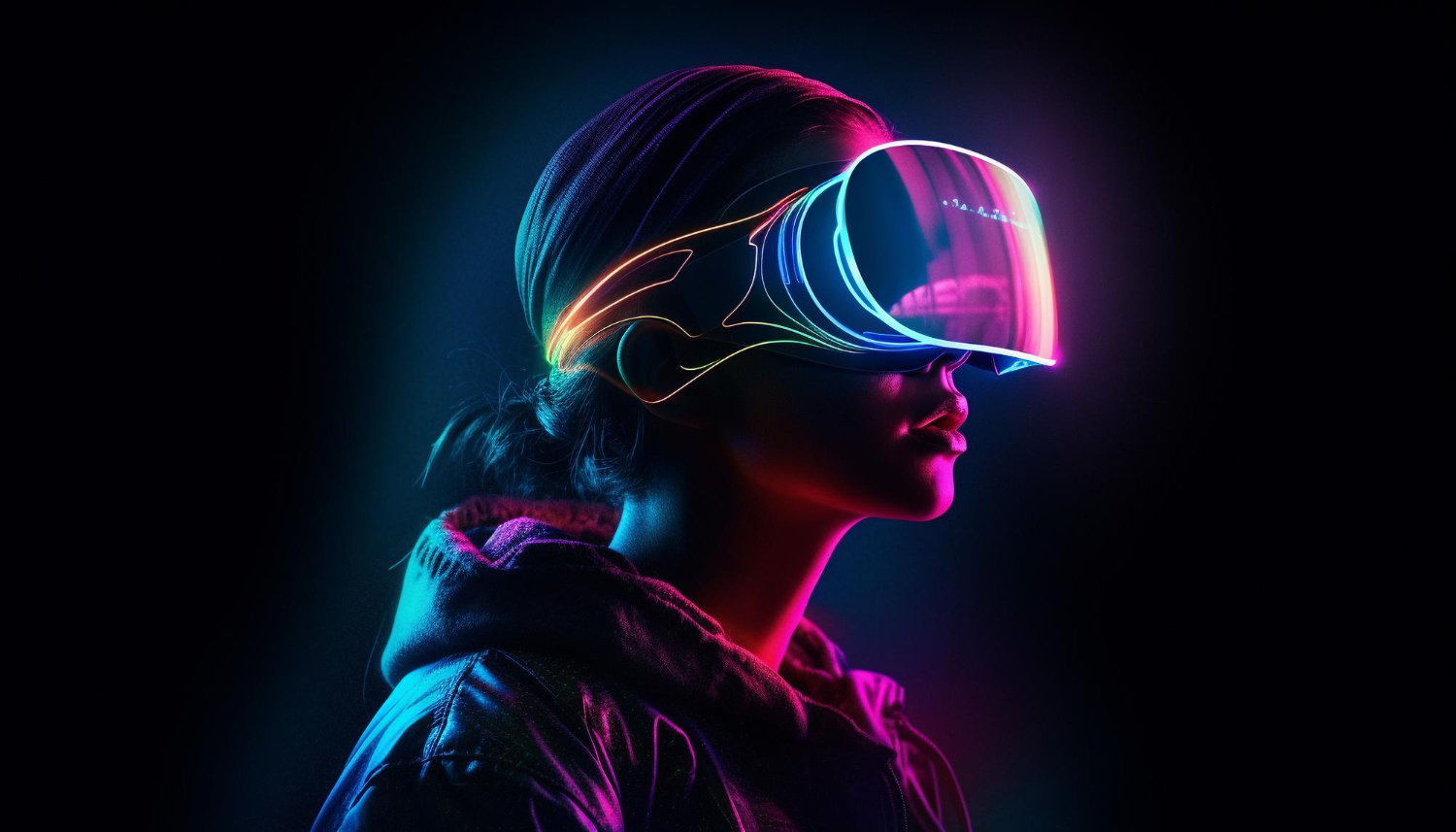Is Virtual Reality, VR, the Next Great Marketing Tool in the Digital Age – a Discussion
 Virtual reality and marketing might not seem like the most obvious partnership. That said, what the past year has shown us is that this is technological advancement that has caught on with consumers like wildfire. As virtual reality growth continues to further, and more come to accept it as a means of consuming media and content, this marks a real opportunity for marketers to connect with consumers in a new arena.
Virtual reality and marketing might not seem like the most obvious partnership. That said, what the past year has shown us is that this is technological advancement that has caught on with consumers like wildfire. As virtual reality growth continues to further, and more come to accept it as a means of consuming media and content, this marks a real opportunity for marketers to connect with consumers in a new arena.
As each year passes, augmented reality, virtual reality, and mixed reality apps get more inexpensive to create. They provide the customer with something immersive to have fun with and get people excited about a product, service, event, or brand. By 2020, it’s estimated the VR market will be worth up to $40 billion. Last year, in 2017, it was already valued at $6 billion. For websites, brands, and companies on the cutting edge, learning how to attract customers with it is going to be key.
For brands looking to get involved, you don’t need to know how to code or build an app to use virtual reality technology. The first step is to examine where it’s been used successfully in your industry and others, and to use these examples as case studies of sorts. For example, the New York Times published their own VR app, which instead of reading an article, it can take a consumer directly into a news story anywhere in the world. This app has won acclaim in journalism circles for being a unique way to have reinvented how news stories are delivered.
When we think of augmented reality apps, there are countless examples to browse as well including IKEA and Wayfair. These furniture stores allow a shopper to look at what a piece of furniture would look like in their homes, before ever having to make a purchase. Now, look at makeup product companies like Sephora who have used their apps to let users test makeup products on themselves. These are unique examples of how customers are connecting and interacting with brands in new, exciting ways.
Evidently, not every small business has the budget to build an application like this. That’s understandable. However, as costs continue to lower, there may be an opportunity here. Consider different ways to integrate virtual reality or augmented reality into your brand. Even if it’s not accomplishable today, it might be tomorrow. Having these ideas at least on the table are something to move towards.
For these reasons, virtual reality might be the way forward for some of us. As the world continues to experiment with virtual reality, the opportunities to develop a more fun, communicative relationship with customers are growing.
Though virtual reality might not be at the centre of anyone’s digital marketing campaign, it can enhance it in some very strong ways. The more that brands embrace technologies like VR, AR, and others, the more integration we will see between technology and marketing, creating more competition in the marketplace and providing those at the forefront with significant advantage.
For more information on how to implement virtual reality, augmented reality, or mixed reality apps into your digital marketing, speak with a representative today at Unlimited Exposure. Unlimited Exposure would be happy to outline some potential opportunities in digital marketing on how to build your audience, expand revenues, and grow your website with real results.
